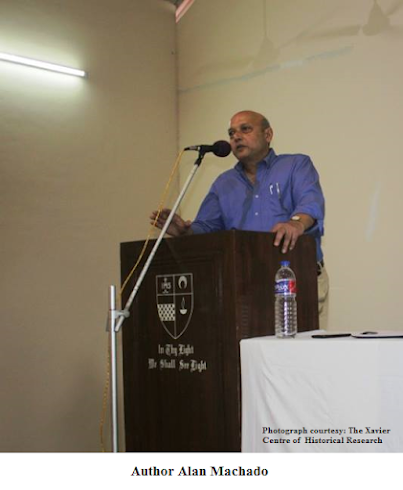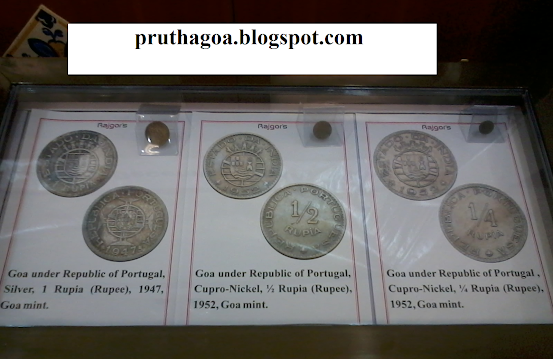Conversion to Christianity as an Instrument of Governing in Portuguese Goa

For centuries, the Portuguese managed to hold sway over their colonies including Goa. These colonies were difficult to govern for a variety of reasons. Goa presented its own challenges in terms of the limited Portuguese demography present in the region to govern the area and the cultural and religious divide. The Portuguese brought with them the Jewish model of conversion to Christianity to allow for integration, at least theoretically (In 1496, the Jews and Muslims in Portugal had been forced to convert to Christianity or be expelled from the country; however conversion to Christianity did not diminish the discriminatory attitude towards them). We know that similar attitudes were held towards the Goans/Indians. In his book written between 1512 and 1515, Duarte Barbosa makes use of the word casta to represent the combination of endogamy and occupation in India that reflected a similar system upheld in Portugal. But to refer to social groups, Barbosa used the term ley de gente (type




